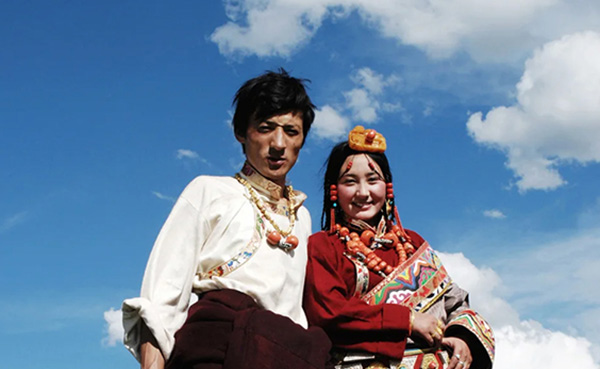The jagged peaks of the Himalayas hold more than just snow; they cradle ancient secrets etched into good fortune symbols. These Tibetan Good Luck symbols, known as the Eight Auspicious Symbols “ashtamangala“, are not just intricate designs. For centuries, they have served as a visual language, conveying profound philosophies about life, the universe and our place within it. They represent harmony, protection, abundance and the enduring spirit — values that resonate deeply today, particularly within communities seeking meaning beyond the material.
What Are These good luck charm symbols?
Born from the rich tapestry of Tibetan Buddhism and Bon traditions, these eight symbols are much more than mere decorations. Imagine Tenzin, a young monk in Lhasa, carefully painting the items of luck onto a thangka. To him, it’s not just a pattern, but things considered lucky and a reminder of the Buddha’s infinite wisdom and compassion. Each symbol embodies a core principle and offers a key to understanding ancient wisdom that is still relevant today.
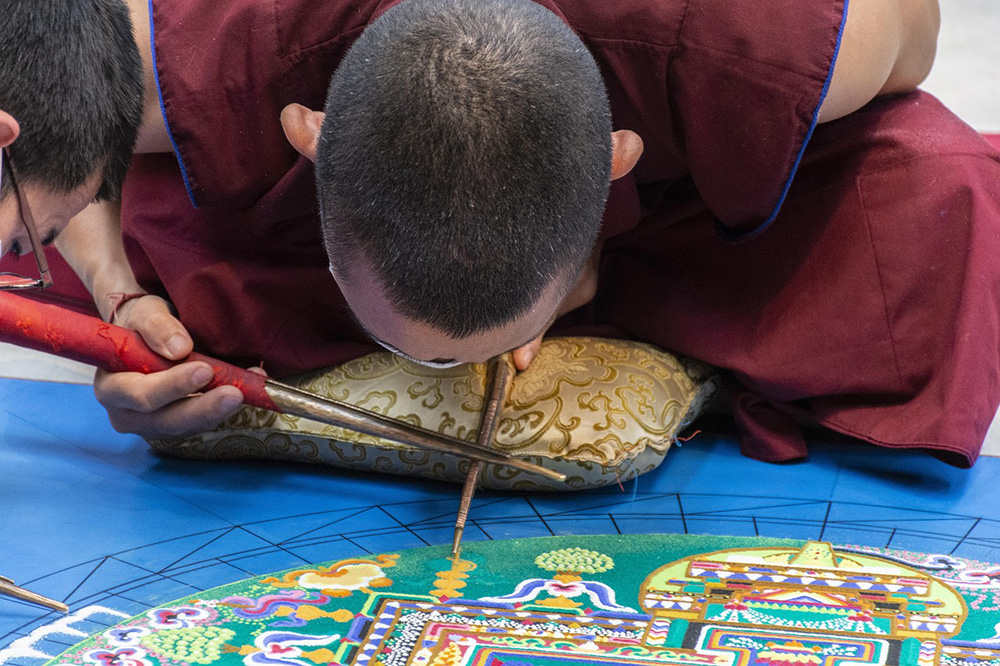
Meet the ancient lucky symbols of Harmony
The Endless Knot (Palbeu): Imagine a series of intertwining loops with no beginning or end. This lucky symbols, known as the 吉祥结, represents the interconnectedness of all things, including wisdom and compassion, cause and effect, and the spiritual and material realms. It represents infinite wisdom and the cyclical nature of existence. It is thought that wearing it will attract harmonious relationships things that bring luck and remind us of life’s profound interdependence.
The Golden Fishes (金鱼Sernya): Depicted as a pair of fish swimming upwards, often adorned with lucky signs and jewels, they symbolise happiness, fertility and abundance. In ancient Tibetan lore, fish navigated vast and unpredictable oceans, so they represent fearlessness in the face of life’s challenges and the joy of liberation. They can be worn as earrings or pendants. They are luck objects for courage and prosperity.
The Treasure Vase (宝瓶Bumpa): A fat-bellied vase with a jewelled lid . It is a vessel of inexhaustible spiritual and material wealth and represents health, longevity and the fulfilment of all positive wishes. It is said to hold the nectar of immortality. A popular superstition says that placing a small vase charm in your home or workspace will bring good luck and invite sustained abundance.
The lotus flower (padma): rises pristine from muddy waters. (莲花, Liánhuā) is the ultimate symbol of purity, spiritual awakening and potential. It represents the transition from a state of ignorance, symbolised by the mud, to a state of spiritual enlightenment, represented by the bloom, untouched by the defilements of the world things considered lucky. Lotus motifs on rings or pendants serve as a reminder to the wearer of their inherent purity and capacity for growth amidst adversity.
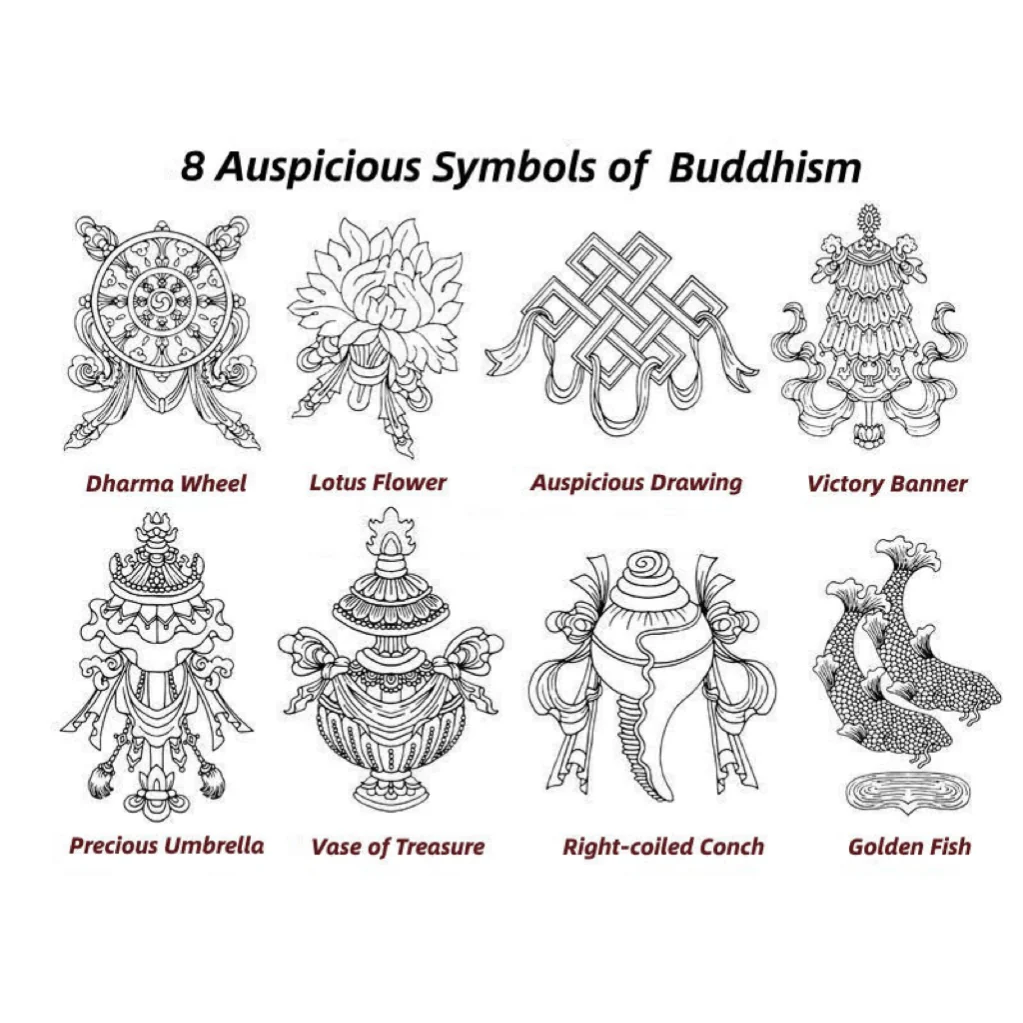
The white conch shell (dungkar): When coiled clockwise, its sound carries far. (右旋白螺, Yòu xuán bái luó) Represents the far-reaching, melodious sound of the Dharma (Buddhist teachings), awakening beings from ignorance. It symbolises power, authority and auspiciousness. A conch shell pendant is frequently selected for its ability to charm that are lucky and amplify positive intentions.
The Glorious Umbrella (Gdugs): A protective canopy. (宝伞, Bǎosǎn) Symbolises protection from harmful forces. These forces can be physical and mental. It also symbolises the enjoyment of cool shade beneath its refuge. It also denotes royal dignity and spiritual shelter. Popular for warding off negativity and creating a personal sanctuary, umbrella charms are the things that bring good luck.
The Victory Banner (Gyaltsen): A banner on a long pole. The Chinese character “(胜利幢, Shènglì chuáng)” is a symbol of triumph. It represents the victory of wisdom over ignorance, lucky charms for good luck, and Dharma over obstacles. It represents overcoming all hindrances to spiritual growth. A piece inspired by a banner serves as a reminder of the strength to be found within and the ability to overcome challenges.
The Dharma Wheel (Chakra/Khorlo): Eight spokes radiating from a central hub. (金轮, Jīnlún) Symbolises the Buddha’s (Dharma) teachings and the path to enlightenment. Its eight spokes symbolise the Noble Eightfold Path. It signifies the perpetual flux of spiritual law and transformation. A wheel pendant signifies commitment to a mindful, ethical path and a turning towards wisdom, representing a commitment to living a life of purpose and meaning, things that bring good luck and fortune.
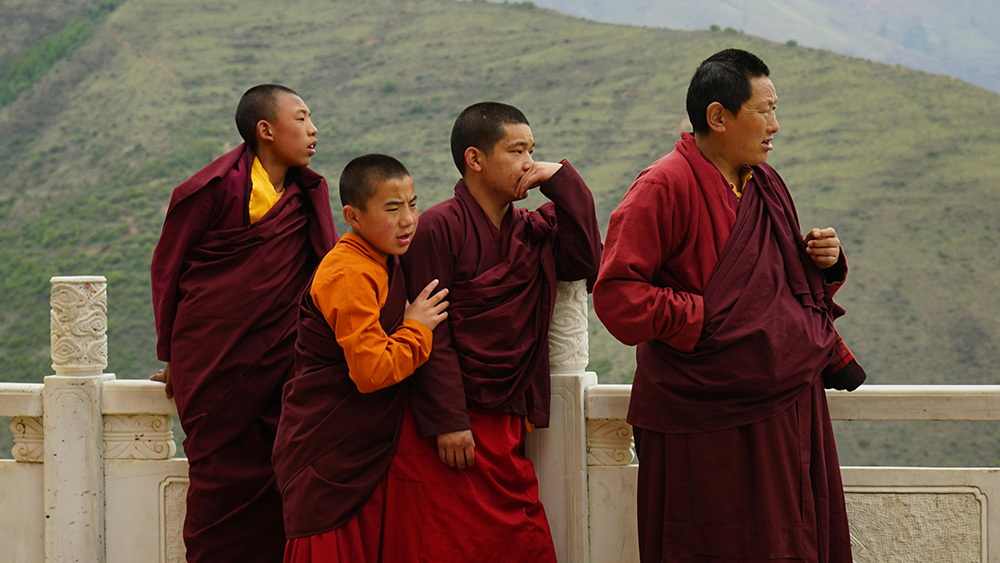
These ancient lucky symbols transcend mere decoration. They are connected to the profound concepts of energy and balance found in ancient Eastern philosophies, such as feng shui (fēng shuǐ, meaning ‘wind and water’) and the Tibetan view of the subtle body’s energy channels (tsa) and winds (lung). Lama Tsering is a respected teacher from Kham. He often explains that “These lucky symbols are like keys. They help align the subtle energies within us (our lung) and harmonise us with the greater energies of the environment — the interplay of sky (天, namkha), earth (地, sa) and humanity (人, mi).’ They are tools for cultivating inner peace and attracting positive energy into one’s life. Wearing luck objects is an act of aligning with these timeless principles. (Reference: Concepts drawn from foundational Tibetan Buddhist texts such as the Tantra of the Secret Essence (Guhyagarbha Tantra), as well as traditional Tibetan medicine principles outlined in the Four Tantras (Gyü Zhi).
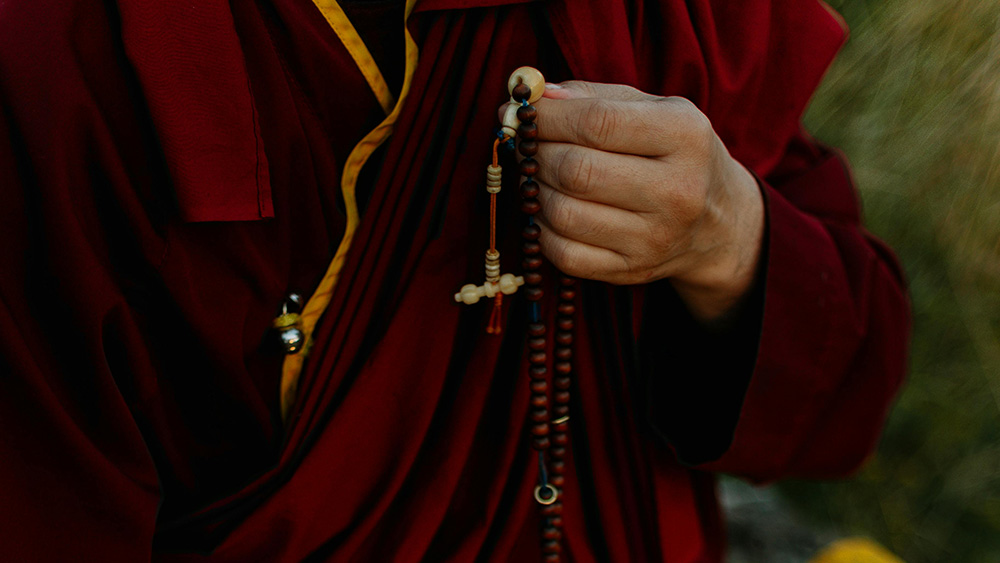
Choosing & Wearing Your Tibetan Talisman
Selecting a piece featuring these symbols is a deeply personal choice. Perhaps you’re drawn to the protective aura of the white conch shell, or perhaps you resonate with the transformative journey of the lotus. Tibetan jewellery featuring these icons, from intricate silver cuffs to pendants set with clear quartz (known for amplifying energy) or chakra stones, serves as a constant, beautiful reminder of their potent meanings. Wear them consciously. A dharma wheel pendant close to the heart centres intention, while golden fish earrings can symbolise navigating daily life with joy. They are energy healing jewellery in the truest sense, connecting the wearer to ancient wisdom and personal intention.







